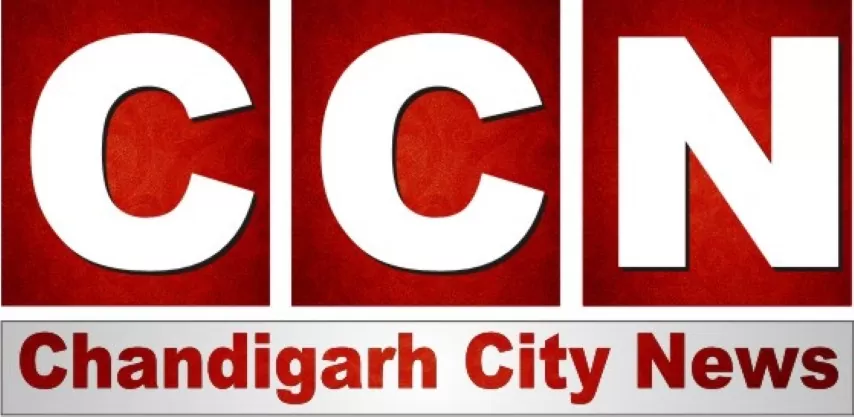In the age of digital convenience, music streaming platforms like Spotify have transformed how people listen to music. With over 600 million users and more than 100 million paying subscribers, Spotify is undeniably one of the most powerful platforms in the global music ecosystem. But while it’s great for listeners, many artists—especially those without the backing of a major label—are asking a difficult question: Can independent musicians actually earn a living on Spotify?
A New Era of Music Consumption
The shift from physical albums and digital downloads to streaming has been revolutionary. Spotify offers near-unlimited access to songs for a small monthly fee or for free with ads. For consumers, it’s a dream. For artists, the promise is wide exposure and access to a global audience without needing a label deal or distribution network.
Spotify has positioned itself as a democratic platform where anyone can upload music, get discovered, and build a following. In theory, an unsigned bedroom producer has the same potential to go viral as a chart-topping superstar. And it’s true that many independent artists have gained attention and grown loyal fanbases through curated playlists and social sharing.
But beneath that optimism lies a tougher reality: the financial model that underpins Spotify doesn’t always work in favor of those same artists.
The Payout Problem
Spotify pays artists based on a “pro-rata” model. Each month, all the revenue generated by subscriptions and ads is pooled together, and artists are paid a fraction based on the number of times their music is streamed relative to total streams on the platform.
This means that the more streams the big artists get, the smaller the share available for everyone else. According to Spotify’s own data, the platform pays between $0.003 and $0.005 per stream. So, an indie artist needs around 250,000–300,000 streams per month just to make roughly $1,000 before taxes and expenses. For many, that’s simply not feasible.
Most independent musicians don’t have the marketing budgets, PR teams, or placement on top playlists that drive consistent high-volume streaming. As a result, the earnings from Spotify alone often fall short of covering basic living or production costs.
Success Stories… and the Exceptions
That’s not to say success is impossible. Artists like Chance the Rapper, Tash Sultana, and Tom MacDonald built substantial followings without major label deals, using platforms like Spotify and YouTube to reach millions.
But these examples often represent outliers rather than norms. They usually benefit from viral moments, fan communities on social media, or partnerships that extend beyond streaming alone—such as touring, merch sales, or brand sponsorships. For every breakout star, there are tens of thousands of talented musicians earning less than a few hundred dollars annually from their streams.

Spotify’s Perspective
Spotify, for its part, has responded to criticism with more transparency. It launched “Loud & Clear,” an online resource that breaks down how revenue is distributed and how many artists reach different earnings thresholds. According to the platform, over 57,000 artists generated more than $10,000 from Spotify in 2023 alone. But critics argue this is still a tiny percentage of the millions of creators on the platform.
Spotify also defends its model by arguing that the platform helps artists reach fans globally, supports discovery through curated playlists, and offers tools for data analysis, fan engagement, and promotion. For many artists, these tools are valuable—but they don’t necessarily pay the bills.
The Role of Labels and Distributors
It’s also important to note that most artists don’t receive Spotify royalties directly. Instead, the money goes to their distributor, label, or aggregator, which then takes a cut before paying the artist. Depending on the contract, some musicians may only see 15–50% of what’s owed to them after intermediaries take their share.
Independent artists who self-distribute through platforms like DistroKid, TuneCore, or CD Baby keep a larger slice of their royalties. But even then, after taxes, platform fees, and production costs, the earnings are often modest.
Alternative Models and Solutions
The issue isn’t unique to Spotify—Apple Music, Amazon Music, and YouTube Music operate under similar payout structures. But that hasn’t stopped artists and activists from exploring alternatives.
Some musicians are turning to direct-to-fan platforms like Bandcamp, where they can sell music, merch, and tickets directly with more favorable revenue splits. Others are experimenting with Patreon, NFTs, and live-streamed performances to generate income outside of traditional streaming.
There’s also growing momentum behind the “user-centric” payment model. Instead of pooling all revenue and dividing it by total streams, this model would allocate a user’s subscription fee only to the artists they actually listened to. Early trials of this system, like those run by the French service Deezer, suggest it could distribute earnings more fairly to smaller and niche artists.
Sustainability Means More Than Streaming
Ultimately, Spotify is a powerful tool—but not a sustainable income source on its own for most independent musicians. It can serve as a discovery engine, a resume booster, and a platform for audience growth. But real financial stability typically comes from a diversified mix of revenue streams, including live gigs, merchandise, licensing, sync deals, and direct fan support.
Until streaming platforms rethink their payout structures or adopt more equitable systems, indie musicians will need to treat Spotify as just one piece of the puzzle—not the whole picture.












